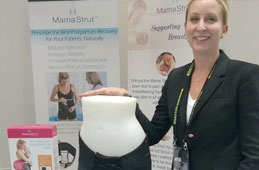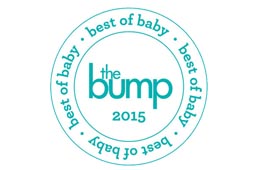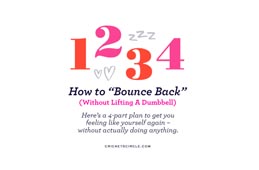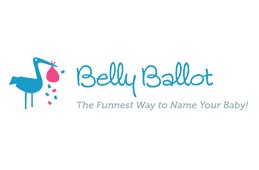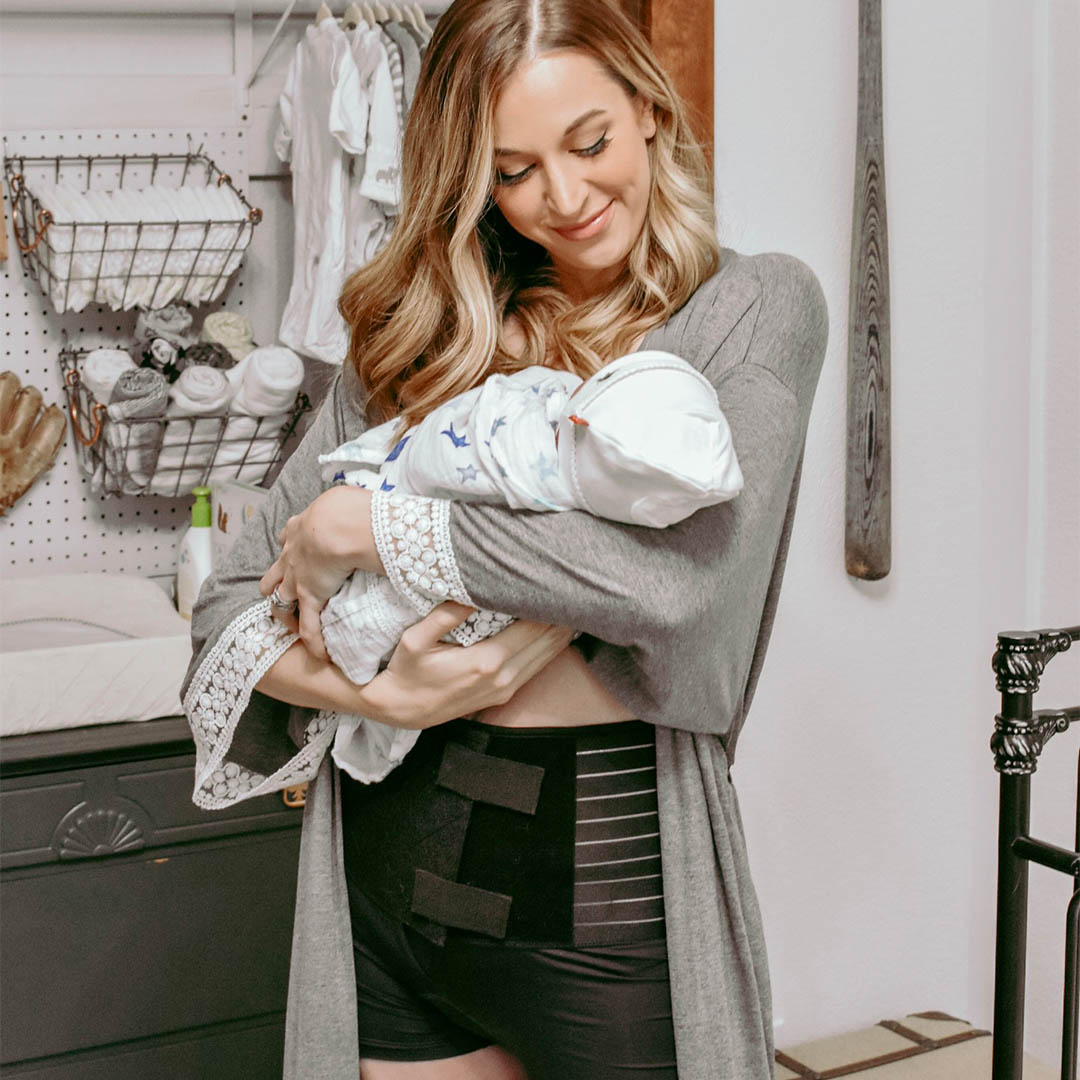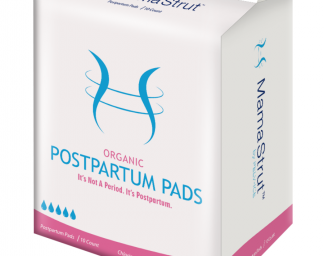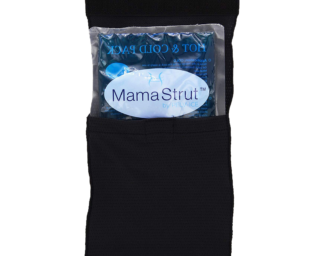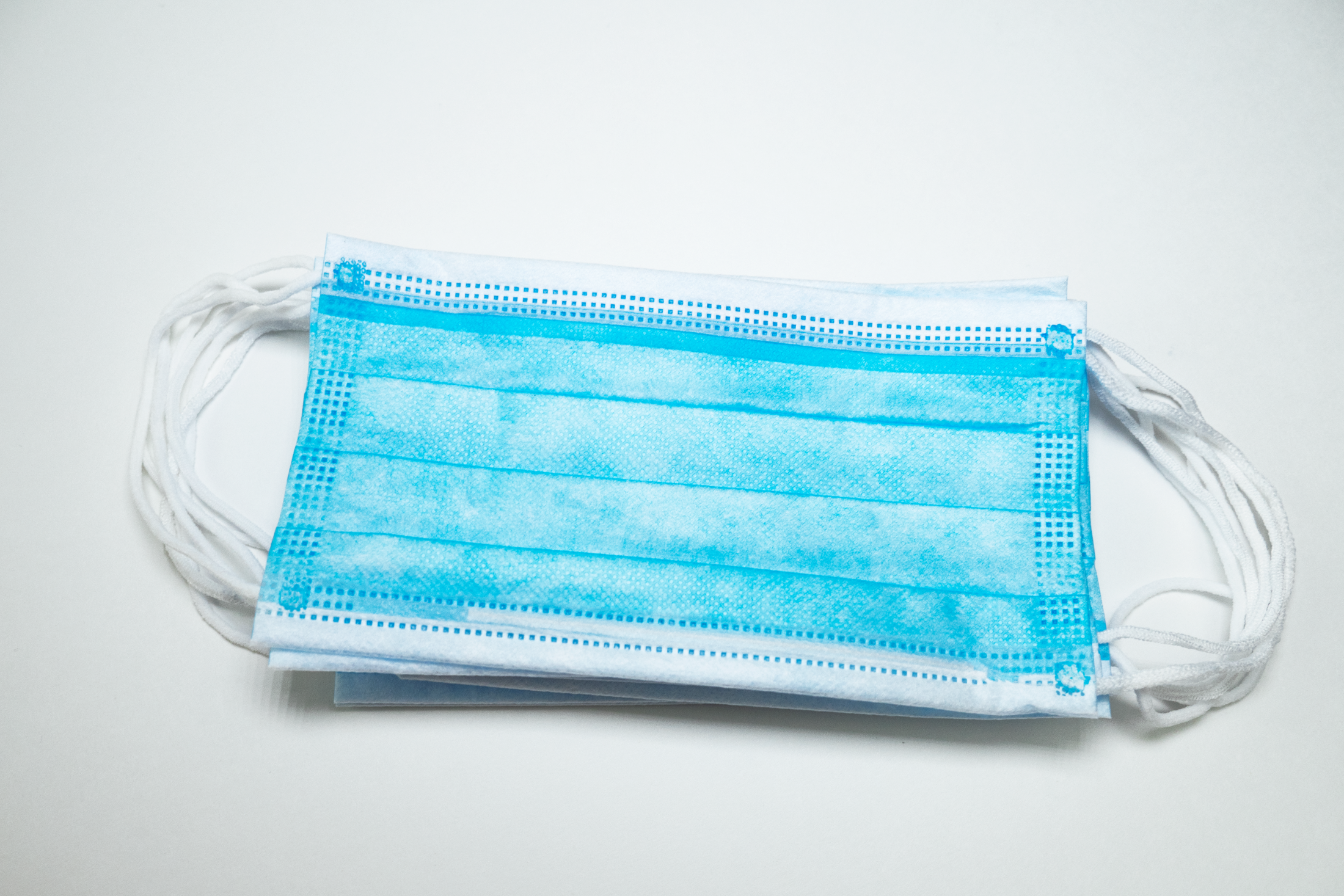
Researchers are constantly uncovering new information about COVID-19 as they rush to find a treatment and a vaccine for this deadly virus. There are many questions about how it may affect a pregnant woman and her fetus; honestly, it is too early to tell how it affects a fetus compared to the mother.
New reports have been trickling in from all over the country with some women saying it caused premature births and/or fetal mortality, while other women say it did not seem to have any effect on their fetus or pregnancy. There have also been concerns about breastfeeding if you have contracted the coronavirus. However, researchers have not found enough information about whether or not it can pass through breastmilk; according to the CDC, there have not been traces of the virus in the amniotic fluids or breastmilk, but this research is still early.
Reports of Childbirth and COVID-19
Currently, there are two known cases of women who have had a baby after contracting the coronavirus, one of which is tragic.
The first case was Mallory Pease in Michigan. She was nine months pregnant when she contracted the virus just a week before her daughter, Olivia, was born on March 22. Since Pease had contracted the virus, she and her husband only got to spend five minutes with Olivia before she was taken to the isolation nursery and Pease to the COVID-19 unit.
She could only see her newborn through FaceTime calls for the next four days while she recovered from the virus and the birth; the baby tested negative for the virus. Pease was reunited with her newborn once she had recovered from COVID-19.
The second case was in Baton Rouge, Louisiana, on April 6. The mother, who has not been identified, had tested positive for the coronavirus and had to be put on a ventilator. Shortly after that, she went into premature labor at 22 weeks gestation, and the baby did not survive. While it is unconfirmed that COVID-19 was the cause of the mother going into labor when she did, her doctor believes the virus was the cause. It is important to note that the baby did not test positive for the virus.
“Had [the mother] not been COVID-19 positive, had not required ventilator support, had not had the shortness of breath, the hypoxia that is associated with the virus, likely she would not have gone into preterm labor and there would have been a different outcome,” East Baton Rouge Parish coroner Beau Clark, M.D., said in a press conference.
Symptoms of COVID-19 Linked to Potential Premature Births
Recent studies show that some of the more minor cases of the coronavirus had only gastrointestinal symptoms. About 25 percent of the patients in the study had “diarrhea and other digestive symptoms were the only symptoms seen in mild COVID-19 cases, and those patients sought medical care later than those with respiratory symptoms.” This brings to light a new symptom to watch out for beyond coughing and having a high fever. With only gastrointestinal upset, others may not have gone to seek medical care, because this was not a known symptom of the virus. Of the patients in this study, 25 percent only had gastrointestinal symptoms, 33 percent had digestive upset and respiratory symptoms, and the remainder had only respiratory symptoms; 33 percent of those with digestive symptoms did not have a fever. One in five of the patients with digestive upset had diarrhea lasting from one to 14 days, averaging about five days.
The problem with this new symptom being uncovered is that “Persistent diarrhea may cause irritation of the uterus, which can lead to excessive uterine contractions,” so the diarrhea that averages five days in length may be enough to trigger premature labor.
References
Hollier, Lisa. “Coronavirus (COVID-19), Pregnancy, and Breastfeeding.” ACOG, 8 Apr. 2020, www.acog.org/patient-resources/faqs/pregnancy/coronavirus-pregnancy-and-breastfeeding.
Knef, Sam. “Presumed First COVID-19 Patient to Give Birth in Michigan and Baby Back Home, Healthy.” WHAM, WHAM, 10 Apr. 2020, 13wham.com/news/coronavirus/presumed-first-covid-19-patient-to-give-birth-in-michigan-and-baby-back-home-healthy.
O’Kane, Caitlin. “Louisiana Baby Dies after Mom with COVID-19 Goes into Premature Labor.” CBS News, CBS Interactive, 7 Apr. 2020, www.cbsnews.com/news/coronavirus-louisiana-premature-baby-dies-mother-covid-19-goes-into-labor-early-hospital-symptoms/.
“Pregnancy and Breastfeeding.” Centers for Disease Control and Prevention, Centers for Disease Control and Prevention, 3 Apr. 2020, www.cdc.gov/coronavirus/2019-ncov/need-extra-precautions/pregnancy-breastfeeding.html?CDC_AA_refVal=https://www.cdc.gov/coronavirus/2019-ncov/prepare/pregnancy-breastfeeding.html.
Preidt, Robert. “Mild COVID-19 Often Only Shows Gastro Symptoms.” WebMD, WebMD, 1 Apr. 2020, www.webmd.com/lung/news/20200401/mild-covid-19-often-appears-with-only-gastro-symptoms-study#1.
“Preterm Labor – Know the Signs and Symptoms.” Preterm Labor | Signs and Symptoms, When to Call Your Doctor, www.marshfieldclinic.org/specialties/obgyn/pregnancy/awareness/pregnancy-risk-preterm-labor.



